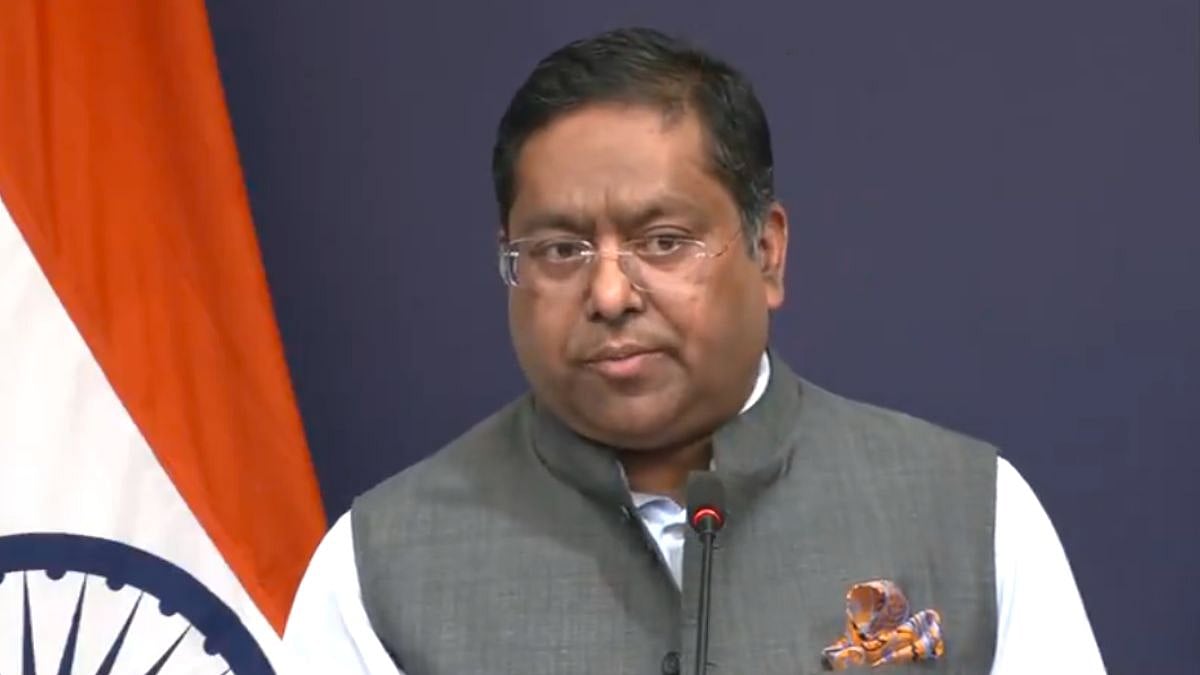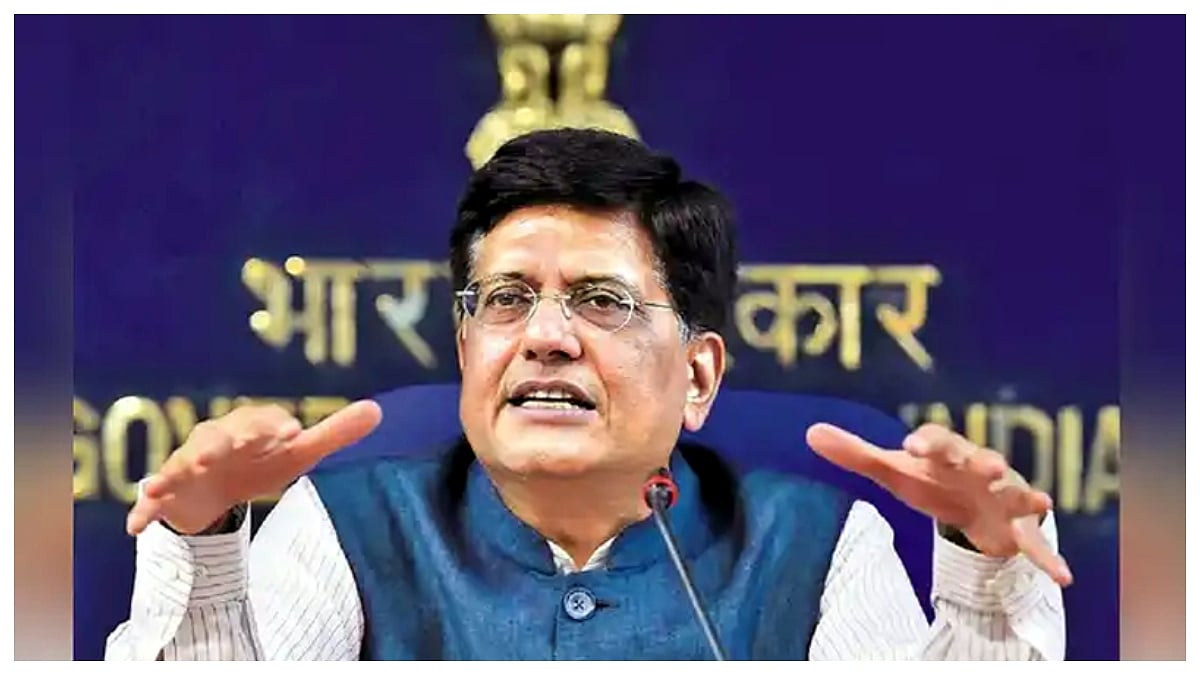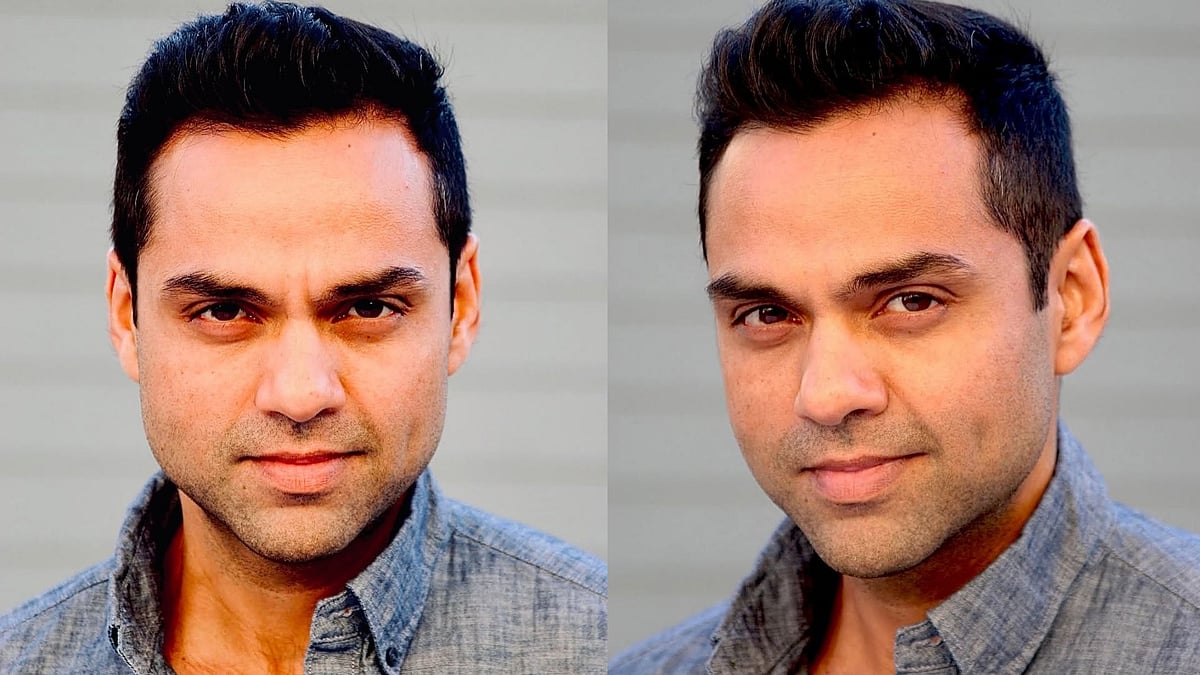Nerve-related hearing loss, medically termed sensorineural hearing loss (SNHL), occurs when damage affects the inner ear's delicate hair cells, the auditory nerve, or the brain's sound-processing pathways. Unlike conductive hearing loss (caused by earwax or infections), SNHL involves permanent damage to the nerve pathways that transmit sound signals to the brain. This means sounds may reach the ear but fail to be processed clearly by the brain.
Causes
Damage can stem from:
The most common cause is ageing
Loud noise exposure (concerts, machinery, headphones)
Infections like meningitis, mumps, or measles
Head injuries or trauma to the ear
Ototoxic medications (for example, certain antibiotics or chemotherapy drugs)
Genetic conditions or complications during pregnancy (e.g., rubella)
Symptoms
Difficulty understanding speech, especially in noisy environments
Sounds seeming muffled or distorted, as if people are "mumbling"
Trouble distinguishing high-pitched consonants like "s" or "th"
Tinnitus (ringing/buzzing in the ears) or dizziness
Sudden hearing loss in some cases
Scientists have identified genes involved in causing some cases of auditory neuropathy, and are working to identify what goes wrong in the auditory system when a person inherits a mutant gene. Researchers are also continuing to investigate the potential benefits of cochlear implants for children with auditory neuropathy, and are examining why cochlear implants may benefit some people with the condition but not others.
Holistic approaches
While conventional treatments like hearing aids or cochlear implants are common, complementary therapies focus on supporting nerve health and reducing inflammation:
Vedic (Ayurvedic) Management

Karnapurana: Instilling warmed herbal oils (like Bilwadi Taila) into the ear to nourish tissues
Nasya: Administering medicated oils (Anu Taila) through nasal passages to benefit ear nerves
Oral herbs like Sarivadi Vati to reduce inflammation and support nerve function
The Acusansthan has shown the treatment point Si 18 on the thumb as shown in sketch above. Use a Byol magnet for treatment with yellow side touching the skin. Hold the magnate in place with a medical adhesive tape.
Disclaimer: The content provided here is for informational purposes only and does not substitute professional medical advice.










